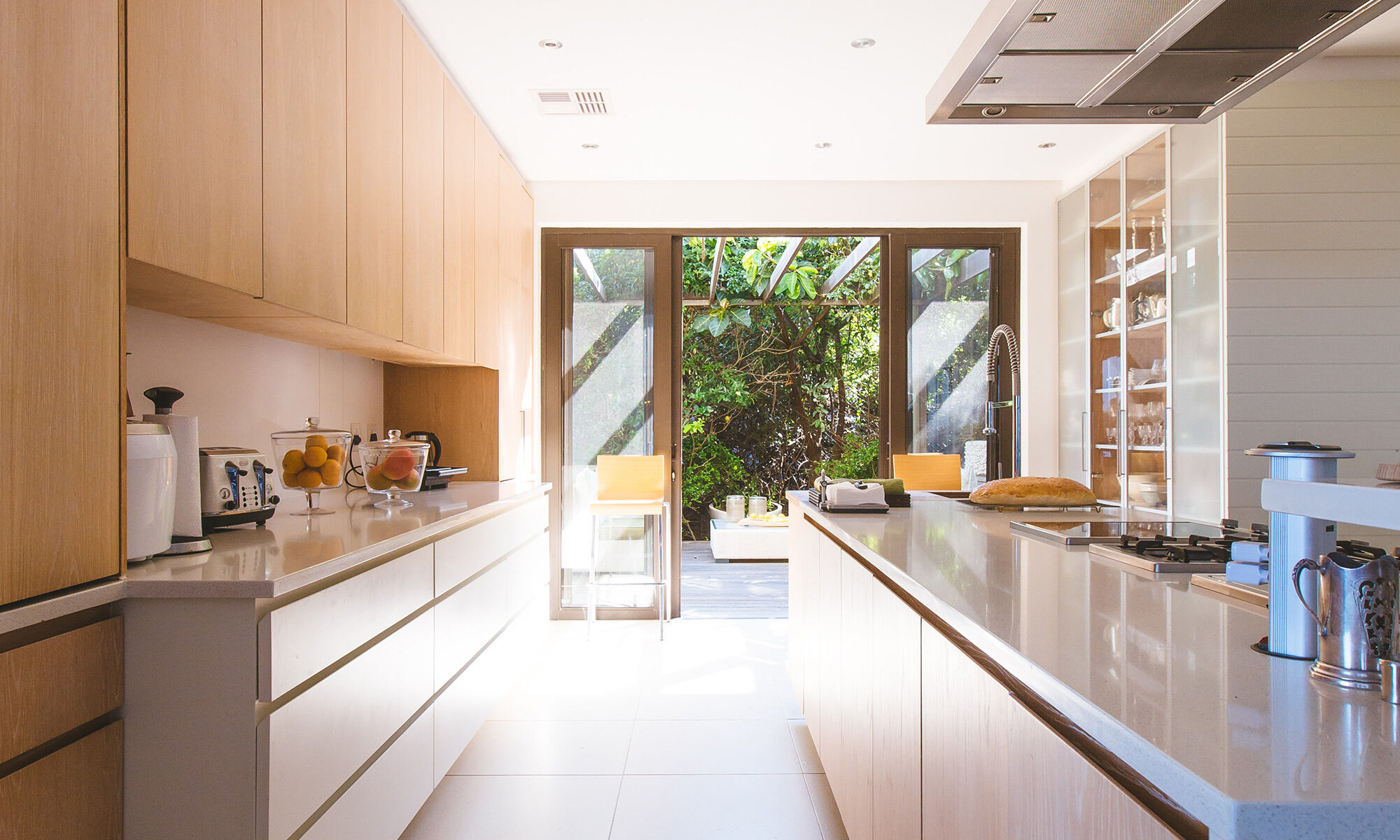Installing carbon monoxide detectors in your home is a must. Carbon monoxide is a deadly gas that can poison your home. Carbon monoxide detectors can help keep your family safe from CO poisoning.
If you haven’t already, now is the time to install a carbon monoxide detector in your home. Installing carbon monoxide detectors is very wise. However, there are additional measures a homeowner can take to minimize the risk of carbon monoxide poisoning.
(article continues below useful links)
What is Carbon Monoxide?
Carbon monoxide (CO) is an odorless and colorless gas. You get it when you burn oil, natural gas or any other fossil fuel in furnaces, boilers, water heaters, fireplaces, wood stoves or room heaters.
You must make sure that your appliances exhaust it from your home. If you inhale CO, the carbon monoxide prevents the movement of oxygen in the body. When you inhale it, you can get headaches and nausea. If you continue to inhale the CO, you can go into a coma and can die.
According to the various media reports, carbon monoxide poisoning is responsible for thousands of deaths each year. Normally, CO leaves a home via the chimney. There are, however, Co can remain in a home in various ways.
The most common way carbon monoxide gets into a home is through venting problems. A bird’s nest may obstruct a chimney. A furnace flue pipe can deteriorate and develop a hole in it, or disconnects from the chimney leading to CO exhaust.
You can keep heating and cooling costs down with a tightly sealed home using weather-stripping to seal cracks in the home. However, if you seal a home too tightly, you end up with back drafting. This is where carbon monoxide remains in the home instead of going up the chimney.
If you leave a car running in an attached garage, the car will produce high levels of CO. The carbon monoxide can move into bedrooms and other living space in the home. You should know that you can get CO poisoning from an outdoor grill if you use it inside a home.
As a result, most carbon monoxide poisoning deaths occur during colder weather months. Ironically, early carbon monoxide poisoning symptoms are mistaken for symptoms of a cold or the flu, also typical in winter.
Choosing a Carbon Monoxide Detector
Choose a carbon monoxide detector with a loud alarm. You can find carbon monoxide detectors for under $40 at most home improvement stores, discount stores and pharmacies. Most CO detectors are fairly easy to install. Many carbon monoxide detectors simply plug into a normal electrical outlet.
Most cities requires homes to have a CO detector. About the only homes exempted by such ordinances are those with electric or solar heat. If those homes have a natural gas appliance (water heater, wood- or gas-burning fireplace or stove), local law will require you to install carbon monoxide detectors.
There are several styles and types of detectors, the most common and least expensive being devices that resemble smoke detectors. These carbon monoxide detectors have integrated sensor/battery units. Frequently, you need to replace the batter in the unit every two to three years. You can find some carbon monoxide units with 10 year batteries. Also, some retailers will sell combination carbon monoxide and smoke detector units.
Installing carbon monoxide detectors is rather simple. If you buy a unit that plugs into an electric outlet, that’s all you’ll have to do. You may have to install other detectors using two small screws or double sided tape.
Where should you install a detector
According to most municipal laws, you need to install carbon monoxide detectors within 40 feet of any bedroom.
An excellent location is the hallway ceiling outside of the bedrooms, near the smoke detector, which is hopefully in place.
Do not place the CO detector near the furnace room, the garage or the kitchen. If the detector is too close to those areas, you can get false alarms.
Once installed, test the detector as per the manufacturer’s instructions. If the detector ever activates by sounding the alarm, quickly leave the house. Then, call the fire department and your utility company from a neighbor’s house. Opening doors and windows may help but may also hinder investigators trying to trace the source of the CO.
Helpful tips
- Have your furnace service person check your forced-air furnace and boiler each year before the heating season.
- Check your chimney each autumn for blockages, Animals can nest in chimney areas. Clean the chimney out or have it cleaned, especially if you use a fireplace or wood-burning stove.
Don’t forget to install smoke detectors. And, when you buy a home, your inspection should include looking for carbon monoxide issues.
When going around a home look for a few of the signs that may forecast carbon monoxide problems. You may see streaks of soot around the service door of a gas-burning appliance; large rust spots on flue pipes or the exterior of furnaces, boilers or water heaters; or constant stale air through the house.
And, if you want to learn more about mistakes you can make in your home, read this article.
© by Jim Sulski.

